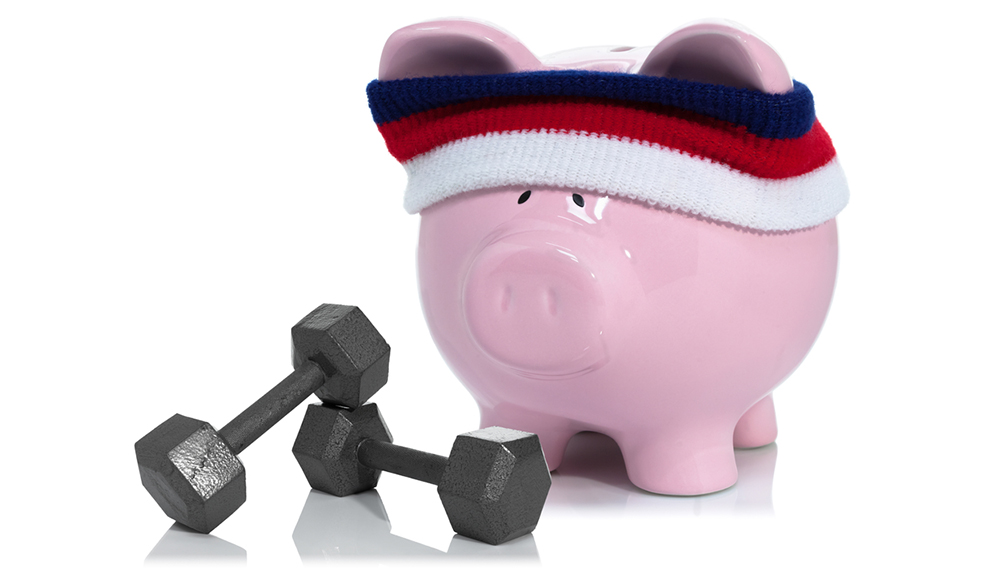Australians spend billions of dollars each year on health and fitness so we need to make sure we’re not falling for fads and throwing good money after bad. Here’s a look at how we can keep our health and our budgets on track.
According to the national Health Expenditure Report released in September 2015, each Australian spends nearly $1,200 a year on things like doctors, dentists, pharmaceuticals and time in hospital. That’s before we start to add up those gym membership direct debits!
In 2015, Suncorp released data that said Australians are spending “$8.5 billion each year on gym memberships, sports equipment and the latest fitness trends, yet 2.9 million Australian households fail to incorporate the expense into their budgets”. To put it in perspective, Suncorp estimates that equates to $2,340 per household.
Looking at all the data, we can estimate a couple should be budgeting about $5,000 a year for health and fitness.
Don’t forget health and fitness as a line item in your household expenses spreadsheet. You have one of those right?
Keeping track of the costs and how you’ll keep them down means you’re less likely to give up on a health and fitness pursuit. If the stress around how much a membership or appointment is costing is removed, you’ll be more likely to stick with it. And if you do, make the most of it. Get your money’s worth.
Here are some simple ways to save money and increase the value of your health and fitness:
- Use your calendar and budget to map when direct debits are due to come out, when appointments are and how you’ll pay for them. If you have a non-urgent but pricey specialist appointment, maybe that should be scheduled for a week when you haven’t got other major bills due
- Never forget Medicare rebates. You shouldn’t have to go into a branch. Register you bank details with your GPs and use the Medicare app to get refunds from specialists
- Take a hard look at your private health insurance. Is it working for you? Take a look at your claims history to see what patterns emerge in how you’re actually using the insurance and make sure they’re the things your best covered for. If you’re thinking about changing there are a number of tools to help you compare providers including the Federal Government’s privatehealth.gov.au
- If you have a gym membership, know when your contract is up and don’t just let it roll over. See if you can get a better price – a lot can change in 12 months and your gym won’t want to lose you. TIP: some private health insurers cover gym membership so you might be eligible for a refund
- Know about what free activities are on offer. Does your workplace have a fitness program? What about your local council? Structured walking is Australia’s most popular exercise, followed by running. All you need for that is a footpath!
- Another way to save on gym fees is of course to take a look at what health and fitness apps are available.





